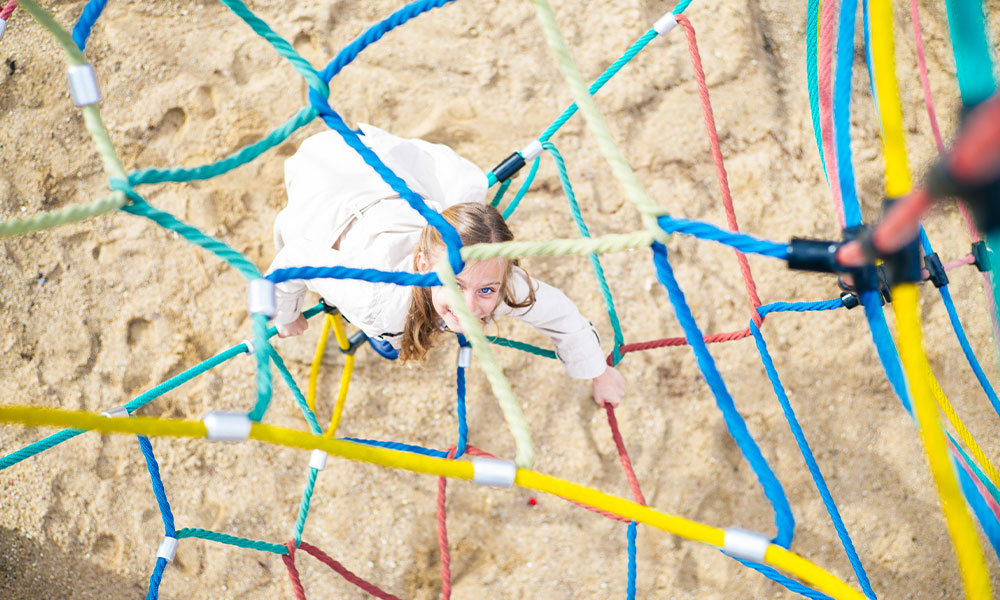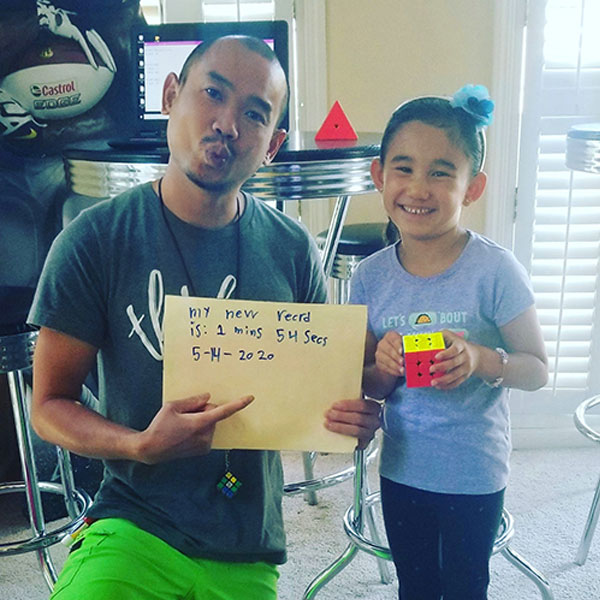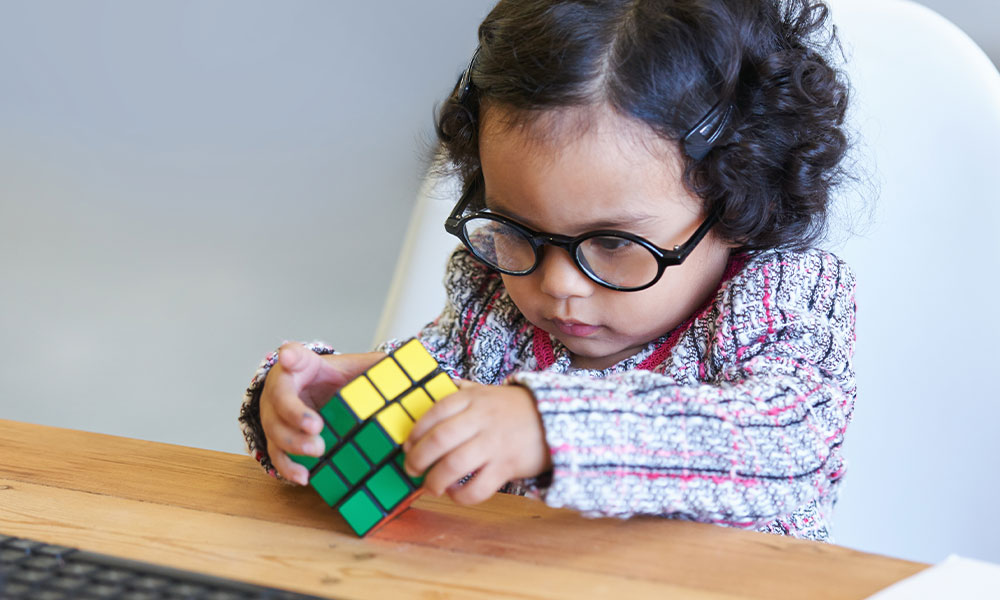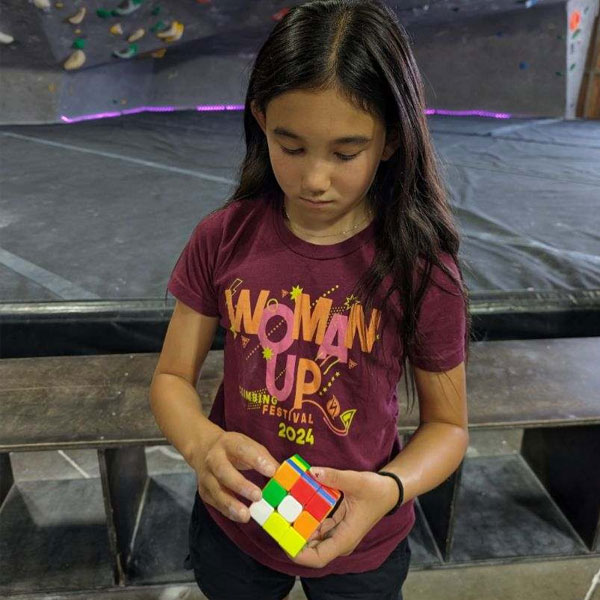How Solving a Rubik's Cube Boosts Cognitive Skills for Life

In a world increasingly driven by digital solutions and automated tasks, the humble Rubik’s Cube might seem like a relic of a bygone era. Yet, this colorful, twisting puzzle has stood the test of time for a reason. Far from being a mere toy or a frustrating challenge for the uninitiated, the Rubik’s Cube is a powerful tool for cognitive development. Mastering it can enhance critical thinking, problem-solving abilities, and cognitive flexibility, providing long-term mental benefits that extend far beyond the puzzle itself.
The Rubik's Cube: A Mental Gymnasium
At first glance, the Rubik’s Cube may appear deceptively simple—a cube with six faces, each made up of nine smaller squares in different colors. The goal is to twist and turn the cube until each face shows only one color. However, achieving this goal is anything but simple. With over 43 quintillion possible configurations, the puzzle demands more than just random twists to solve.
This complexity is precisely why the Rubik’s Cube serves as a mental gymnasium. Each twist and turn engage different aspects of the brain, challenging the solver to think several steps ahead, consider multiple outcomes, and adapt strategies as the puzzle evolves. In this way, solving a Rubik’s Cube is more than just a test of patience; it’s a comprehensive workout for the brain.

Enhancing Critical Thinking
One of the most significant cognitive benefits of mastering the Rubik’s Cube is the enhancement of critical thinking skills. Critical thinking involves analyzing information, evaluating evidence, and making reasoned judgments—skills that are essential in both academic and professional settings.
When approaching a Rubik’s Cube, solvers must first analyze the current state of the puzzle. This involves recognizing patterns, identifying the most scrambled areas, and understanding the cube’s mechanics. From there, the solver must evaluate different approaches, such as the layer-by-layer method or the more advanced CFOP (Cross, F2L, OLL, PLL) method. Each twist represents a decision, and each decision impacts the cube’s overall state.
This process of continuous analysis, evaluation, and decision-making mirrors the critical thinking required in real-life scenarios. Whether it’s solving a complex problem at work, making an important life decision, or navigating the intricacies of relationships, the skills honed by solving a Rubik’s Cube can be directly applied.


Boosting Problem-Solving Abilities
Closely related to critical thinking is problem-solving—a cognitive skill that the Rubik’s Cube uniquely cultivates. Problem-solving involves identifying a problem, developing possible solutions, and implementing the best one.
The Rubik’s Cube presents solvers with a clear problem: how to return the cube to its solved state. However, the path to the solution is anything but clear. Solvers must experiment with different algorithms, learn from failed attempts, and develop a methodical approach to reach the solution.
This trial-and-error process is a powerful way to build problem-solving skills. In life, problems rarely come with a clear, step-by-step solution. Instead, they require creative thinking, persistence, and the ability to learn from mistakes—all of which are integral to solving a Rubik’s Cube.
Furthermore, as solvers become more proficient with the Rubik’s Cube, they develop a deeper understanding of the puzzle’s mechanics, allowing them to solve it more efficiently. This efficiency is not just about speed; it reflects a refined problem-solving ability that can be applied to a wide range of challenges, from technical problems in engineering to strategic decisions in business.

Cultivating Cognitive Flexibility
Cognitive flexibility is the ability to adapt to new situations, think about multiple concepts simultaneously, and switch between different tasks or strategies. In today’s fast-paced world, where change is constant and multitasking is the norm, cognitive flexibility is more important than ever.
The Rubik’s Cube is a masterclass in cognitive flexibility. As solvers work through the puzzle, they must constantly adjust their strategies based on the cube’s changing state. A move that was beneficial in one configuration might be detrimental in another, requiring solvers to switch approaches quickly and efficiently.
Moreover, advanced solvers often employ different algorithms for different stages of the solve. For example, the strategy used to solve the first layer of the cube is different from the one used to solve the final layer. This requires solvers to switch between different modes of thinking, further enhancing their cognitive flexibility.
The benefits of cognitive flexibility extend beyond the Rubik’s Cube. In the workplace, cognitive flexibility enables individuals to adapt to new roles, technologies, and challenges with ease. In personal life, it allows for better handling of unexpected events, improving overall resilience and mental agility.
Long-Term Mental Benefits
While the immediate challenge of solving a Rubik’s Cube is rewarding in itself, the long-term mental benefits are even more significant. Research has shown that engaging in mentally stimulating activities, such as puzzles, can help protect against cognitive decline in older age. By regularly exercising the brain with complex tasks like the Rubik’s Cube, individuals can maintain and even improve their cognitive abilities over time.
Moreover, the persistence and patience required to master the Rubik’s Cube foster a growth mindset—an attitude that embraces challenges, learns from setbacks, and values effort as a path to mastery. This mindset is crucial not only for personal development but also for success in various areas of life, from academics to career advancement.

Bringing It All Together
The Rubik’s Cube may seem like a simple puzzle, but it is, in fact, a powerful tool for cognitive development. By enhancing critical thinking, boosting problem-solving abilities, and cultivating cognitive flexibility, the Rubik’s Cube offers long-term mental benefits that can positively impact every aspect of life.
Whether you’re a student looking to improve your academic performance, a professional aiming to sharpen your problem-solving skills, or simply someone who enjoys a good mental challenge, mastering the Rubik’s Cube can unlock new levels of cognitive ability. So, the next time you pick up a Rubik’s Cube, remember—you’re not just solving a puzzle; you’re unlocking the full potential of your mind.


Please consider donating your Car, Truck, SUV, Van, RV, or Boat to one of our Charities.
NOTE: Our Blogs have been fact-checked; however, we cannot guarantee 100% accuracy. If you find any incorrect information, please let us know in the comments and we will remove or edit inaccurate content. Thank you!




